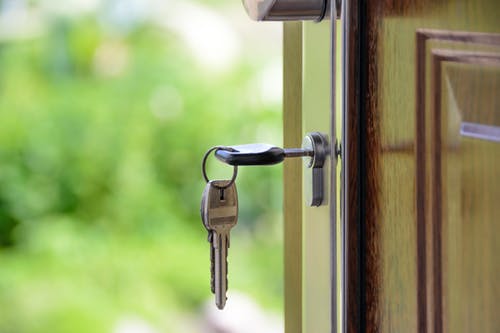Home fires caused by puff back are, unfortunately, a common occurrence. Puff back results from an oil burner backfiring and sending flames and soot spewing throughout the house. This can lead to damage to your property and, in some cases, even fatalities.
You should be aware of the risks associated with a puff back and take steps to avoid it happening in your home. Read on for more information and what you can do to prevent it.
What Is Puff Back?
Puff back is the release of oil and carbon monoxide (CO) from a furnace, chimney, or another heating system. This gas and oil can build up over time and can be released all at once when the system is turned on. This large release of gas can cause a home fire.
How Does Puff Back Start a Fire?
Puff back can start a fire in several ways, including:
- One of the most common causes is when soot from the flue gas builds up on surfaces inside the chimney. This soot can easily ignite if it comes into contact with a spark or heat source.
- Another common cause of puff back is when moisture accumulates in the furnace or boiler. This can happen if the unit isn’t properly vented or if there is a problem with the chimney. When the moisture turns to steam, it can cause an explosive reaction that blows flames and soot out the unit. In addition, moisture can also cause mold growth, leading to serious health problems. Ensure to take care of these by calling professionals, such as this mold damage Fairfax experts.
What Can You Do to Avoid Puff Back?
- Have your heating system inspected and regularly serviced by a qualified technician.
- Ensure your chimney is properly cleaned and inspected at least once a year.
- Keep all vents and openings on your heating system free of obstruction.
- Don’t allow debris or snow to build up around your furnace or boiler.
- If you have an oil-fired heating system, use a licensed and insured oil delivery company.
- If you have a gas or propane heating system, have the gas lines inspected and serviced regularly by a qualified technician.
- Never use an open flame when starting a furnace or boiler that’s been shut down for repairs.
- Consider installing CO alarms on every level of your home. Carbon monoxide is an odorless, colorless gas that can be deadly if inhaled in large quantities. Puff backs can produce high levels of carbon monoxide, so it’s important to have detectors installed to alert you if there’s a problem.
What to Do If a Fire Occurs Due to a Puff Back
If a fire starts in your home due to a puff back, take these steps:
- Go out of the house and call 911.
- Don’t try to fight the fire yourself.
- Leave all your belongings and exit the home immediately.
- Don’t go near the unit if you have an oil-fired heating system. It may still be hot and could explode.
- Keep a safe distance from the house until the fire department arrives.
- Call fire restoration professionals near you, and you can find more details on this link.
As a Summary
A puff back can start a dangerous fire in your home, so it’s essential to know the risks and take steps to prevent them. Have your heating system inspected and serviced regularly, keep all vents and openings clear, and use a licensed oil delivery company if you have an oil-fired heating system.
If a fire occurs, make sure to go out of the house and call 911. Don’t try to fight the fire yourself. Ensure to contact fire damage restoration professionals for clean-up to avoid further damage to your home. Go to this website to learn more about how it works.

